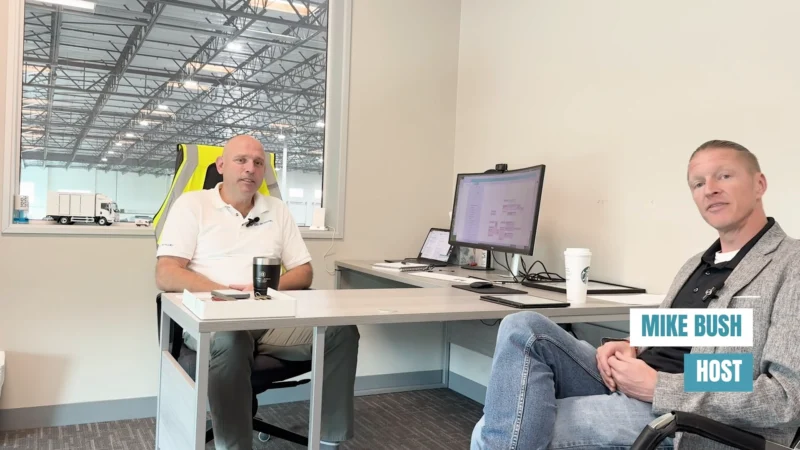Will the Recent Decline in Truck Transportation Jobs Impact the Supply Chain? Likely No, Experts Say
The trucking industry saw a decline of truck transportation jobs in February 2023, marking the second-largest one-month loss in the last 10 years. Data out of the Bureau of Labor Statistics shows that the trucking industry saw a decline of around 8,500 jobs in February, coming in at 1,599,900 on a seasonally adjusted basis.
The recent job losses suffered by this sector are following a trend of steady job losses since the onset of the pandemic. Before the report in February, there had only been three months since the start of the pandemic when there had been a decline in truck transportation jobs; the biggest one-month drop was 3,100 jobs in March 2021.
The trucking industry transports over 72% of all goods in the United States. It is responsible for moving goods from manufacturers to distributors and retailers, making it a crucial component of the supply chain. With that key context in mind, should there be cause for concern with the decline in truck transportation jobs? How will this impact supply chain issues that are just beginning to reset after the pandemic?
Todd Spencer, president of the Owner-Operator Independent Drivers Association, weighs in with his analysis on the new truck transportation jobs data and adds some more context on the forces behind this decline. Todd, with nearly 50 years of experience under his belt in the trucking industry, sees this more as business as usual for the trucking industry, though with some important caveats.
Todd’s Thoughts:
“Should we be concerned about the loss of 8,500 jobs that’s being reported right now by the Bureau of Labor Statistics? I’d say no. It’s basically just a blip on the radar. However, there is something to keep in mind.
Going back to April 2020, the economy for truck transportation has been literally red hot. During that time, trucking added 168,000 jobs and it added those jobs simply because there was a heightened demand for the goods that are delivered by truck, and certainly truckers came through to make good on those jobs, and certainly many in 2021 reported it was the best financial year they’d ever had in trucking.
So, what we’re going to see now is we’re kind of seeing the downside of that rapid expansion and you know, 8,500 jobs… we have too much capacity. There’re too many trucks out there on the road chasing available freight, and there’s still an abundance of freight. We’re at 2019 levels and maybe even still a little bit higher, but there’s been just too many trucks put on the road and some of them are going to have to shake out. And that will likely happen between now and going into the fourth quarter.
Does this in any way affect the supply chain? I don’t really see how. Generally, drivers themselves were most likely to be the victims of the inefficiencies in our supply chain and those inefficiencies are largely the result of other people basically wasting the time of drivers, not getting them in and not getting the trucks out. And you know… I would hope that would be better, but it may or may not.”








